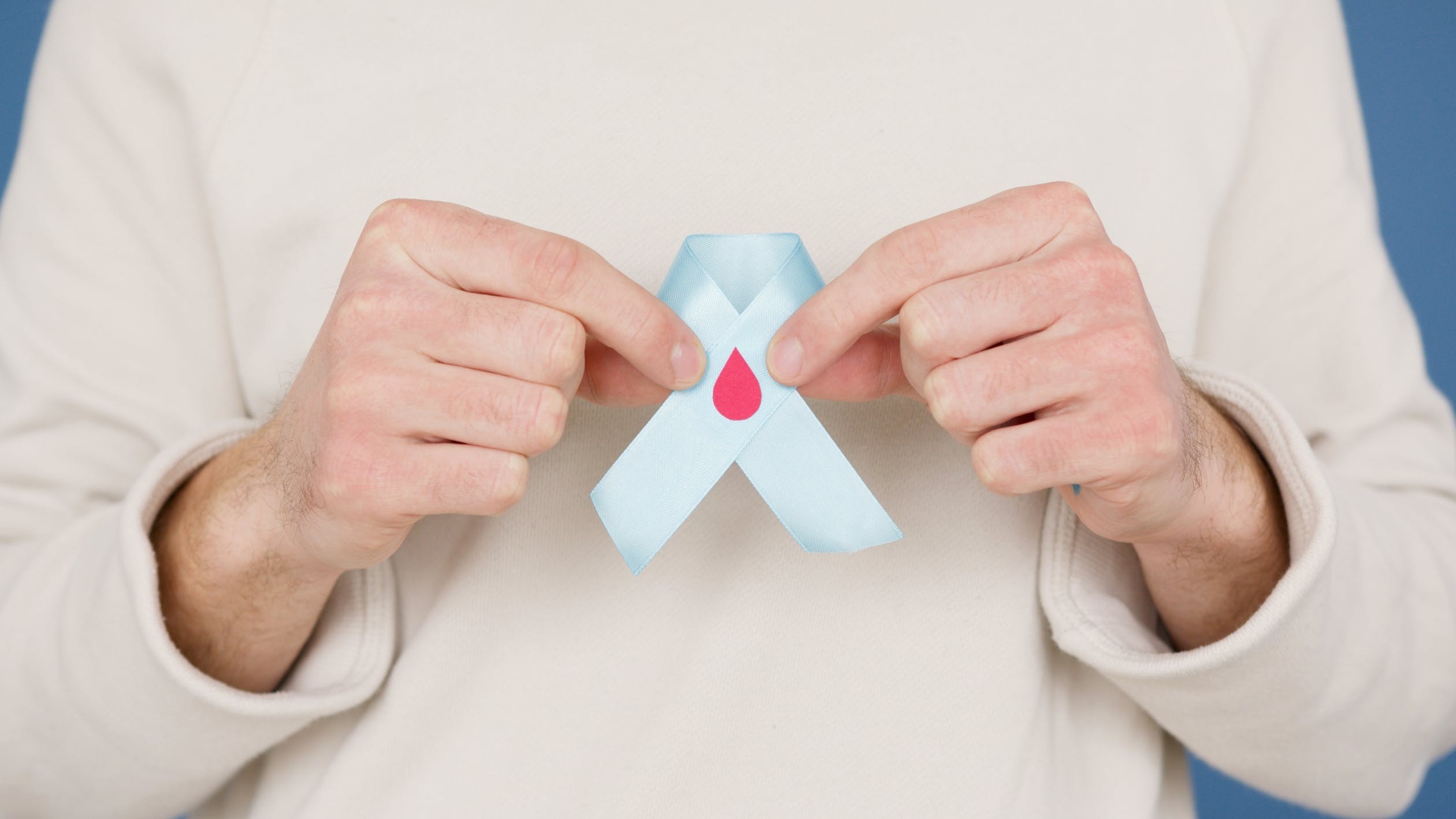
The month of January is National Blood Donor Month. For a number of reasons, there is often a shortage of much-needed and life-saving blood products during the colder months. If donating it is important to make sure you are getting enough iron to support red blood cell production.
Iron is a mineral that is used to make hemoglobin, which is a protein that binds with oxygen and transports it from the lungs to organs, tissues, and any kind of cell in the body via your Red Blood Cells (RBCs). Our body uses oxygen for many processes, one of the most important of these being the production of energy. This is why when someone is iron deficient, one of the prominent symptoms is often fatigue. Other symptoms include feeling weak, shortness of breath, chest pain, trouble concentrating, depression-like symptoms, cold hands and feet, pale skin, and dizziness, just to name a few. It is important to get enough iron to replace what is lost with blood donation, which supports new red blood cell production as well.
The body needs a certain amount of iron per day to function properly. This level is provided by the Food and Nutrition Board in the form of a Recommended Dietary Allowance (RDA). An RDA is the average amount of iron needed on a daily basis to meet the nutrition requirements of approximately 97% of healthy individuals. The table below provides the RDAs for non-vegetarian individuals. Vegetarians require 1.8x more iron due to the type of iron found in plant sources.
| Age | Male | Female | Pregnancy | Lactation |
| 4-8 years | 10mg | 10mg | ||
| 9-13 years | 8mg | 8mg | ||
| 14-18 years | 11mg | 15mg | 27mg | 10mg |
| 19-50 years | 8mg | 18mg | 27mg | 9mg |
| 51+ years | 8mg | 8mg |
Institute of Medicine, Food and Nutrition Board
Dietary iron comes in two forms, heme and non-heme. In very simple terms, heme iron comes from animals and non-heme iron comes from plants. They are different from each other only in bioavailability, which is just how much iron is available to be absorbed by the body in each source. This is great news for vegetarians because it means that they can still get their iron intake from non-animal sources, although as stated above, they will need to consume more iron than an omnivore.
Some great sources of iron are fortified breakfast cereals, oysters, beans, beef, liver, seafood, cashews, beans, tofu, chickpeas, spinach, and baked potato with the skin on it. Consuming non-heme iron with foods high in vitamin C is theorized to increase the absorption of it. Just another reason to eat a wide variety of fruits and vegetables. There are also foods that can decrease the body’s ability to absorb iron, one of which is foods high in calcium such as milk, yogurt, and eggs. Other foods that inhibit iron absorption are oxalates (like the ones found in tea) and polyphenols (found in coffee). These foods should be consumed in moderation to reduce the risk of becoming iron deficient.

While taking an iron supplement may seem like the easy solution there are things to keep in mind. As iron is a mineral, it can be toxic if you take in too much. Symptoms of iron toxicity include abdominal pain, nausea, vomiting, and diarrhea. Toxicity can also cause hematemesis, which is the medical term for vomit with blood in it. In extreme cases, iron toxicity can lead to shock and eventually, death if not treated. The threshold for potentially toxic iron ingestion is defined by the Upper Limit (UL) which is 40mg from birth to age 13, and 45mg from age 14 and up. Iron supplements can also have unpleasant side effects. One of the most common is GI upset and constipation as well as dark stool. If side effects arise a smaller dose may be necessary. Iron supplements should be taken with plenty of water to avoid constipation. Never self-diagnose yourself, if there is concern for deficiency please seek out your primary care provider for lab testing.
A healthy level of iron is essential if trying to donate blood, and low iron is a common reason why individuals are unable to donate. By donating blood, you will be helping to save the lives of thousands who are in the hospital recovering from surgeries and other trauma that causes blood loss as well as those affected by natural disasters. Visit the Red Cross website to find a donation event near you!
If you want to increase your daily iron intake, or simply want to incorporate more vitamins and minerals into your diet, PUSH511 can help! We offer customized nutrition coaching where we can come up with a plan tailored to your specific goals. Learn more about nutrition coaching at PUSH511 here!
About the Author

I am a Licensed Registered Dietitian with experience in critical care, cardiology, weight loss, allergy services, and food service. I graduated from Penn State University with a BS in nutrition and finished my RD training at the University of Maryland. I am currently in PA school and am looking forward to combining my love of nutrition with medicine. After moving to Baltimore in 2019, I did a trial class at PUSH511 Fitness as I was looking for accountability and to meet new people. When I walked into the gym for the first time, everyone was congregated on one side cheering on a member who was struggling with ring muscle-ups at the end of the workout. It was such an uplifting moment to witness. I left the gym that day in dire need of ginger ale, but also very excited about this amazing and supportive community I had stumbled upon. I am grateful for this opportunity to give back and share my love of nutrition!
Sources
https://clinicalcenter.nih.gov/blooddonor/iron.html
https://ods.od.nih.gov/factsheets/Iron-Consumer/
https://americasblood.org/wp-content/uploads/2022/05/Whitepaper-National-Stats_5.22.pdf
https://www.nhlbi.nih.gov/health/anemia/iron-deficiency-anemia
https://ods.od.nih.gov/factsheets/Iron-HealthProfessional/


